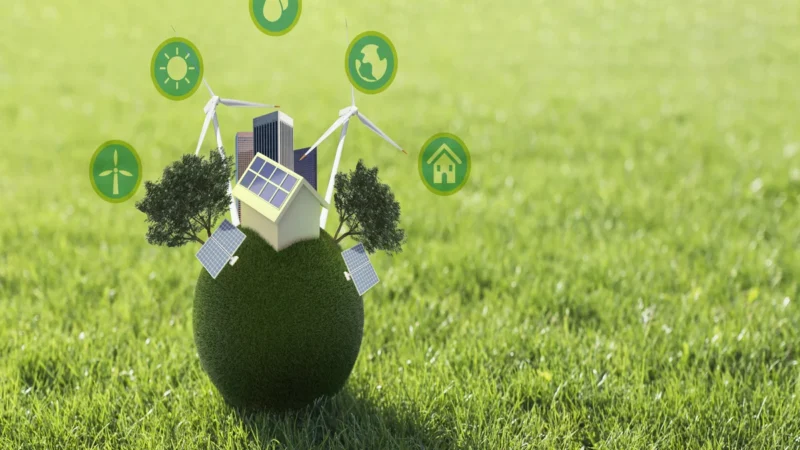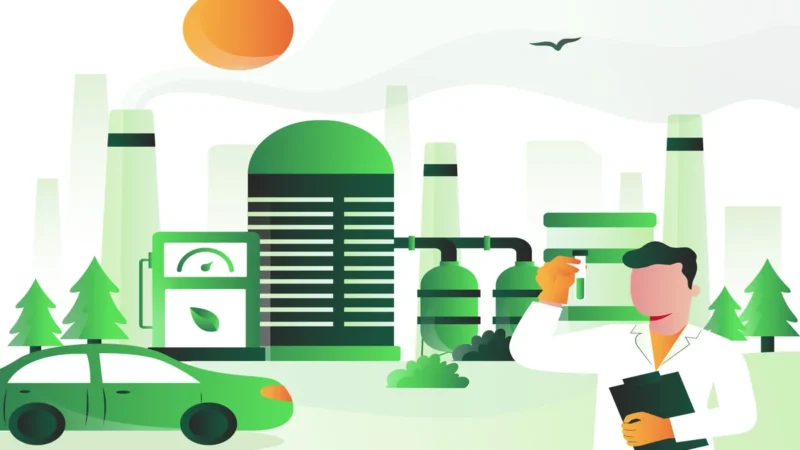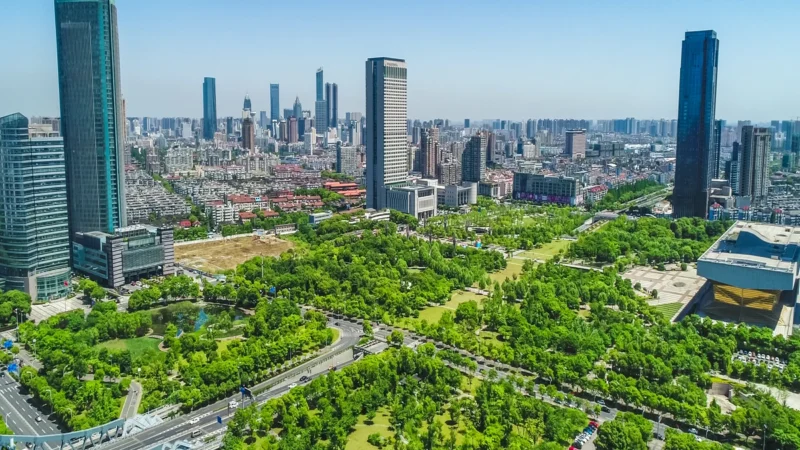Category: Green
The Green Revolution brought significant advantages, including increased food production, reduced hunger, and improved agricultural productivity worldwide. Its impact was profound, leading to poverty reduction, enhanced food security, and the adoption of modern farming practices globally.
Read More
The Green Revolution’s features encompassed high-yielding crop varieties, mechanization, irrigation, and agrochemical inputs. Its causes were driven by the need to feed a growing population, advancements in science and technology, and collaborations between scientists, policymakers, and farmers. However, the Green Revolution also had negative aspects, such as environmental degradation and limited accessibility for small-scale farmers due to high costs. In conclusion, while the Green Revolution played a vital role in addressing food security challenges and increasing productivity, its limitations and negative impacts, such as environmental concerns and inequalities, should be acknowledged and addressed for sustainable agricultural development.










